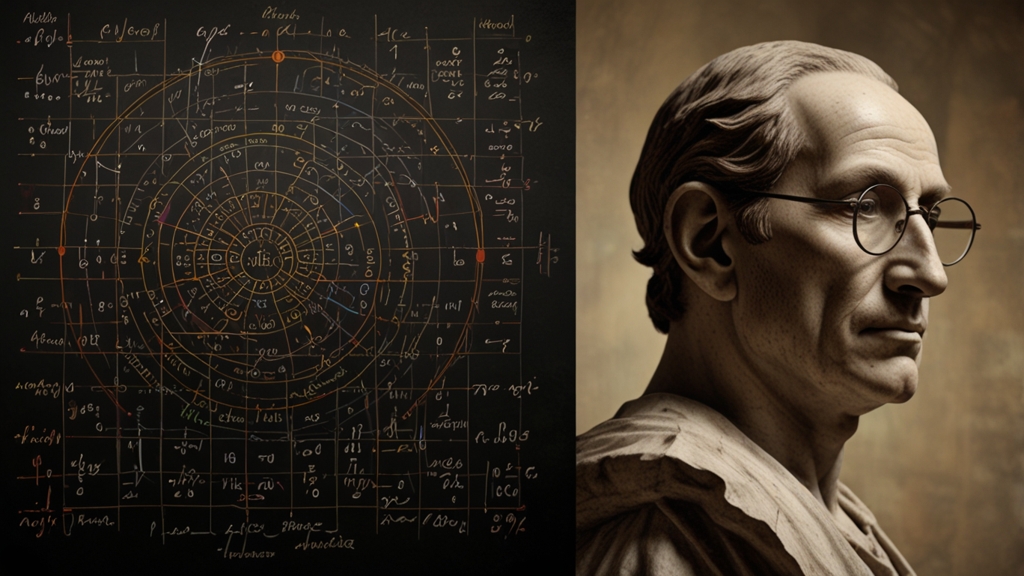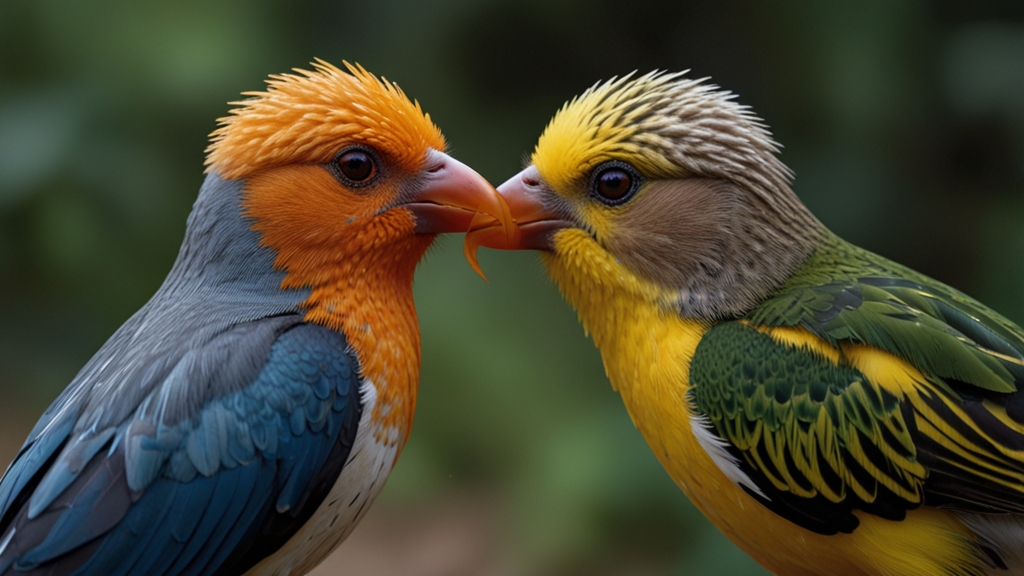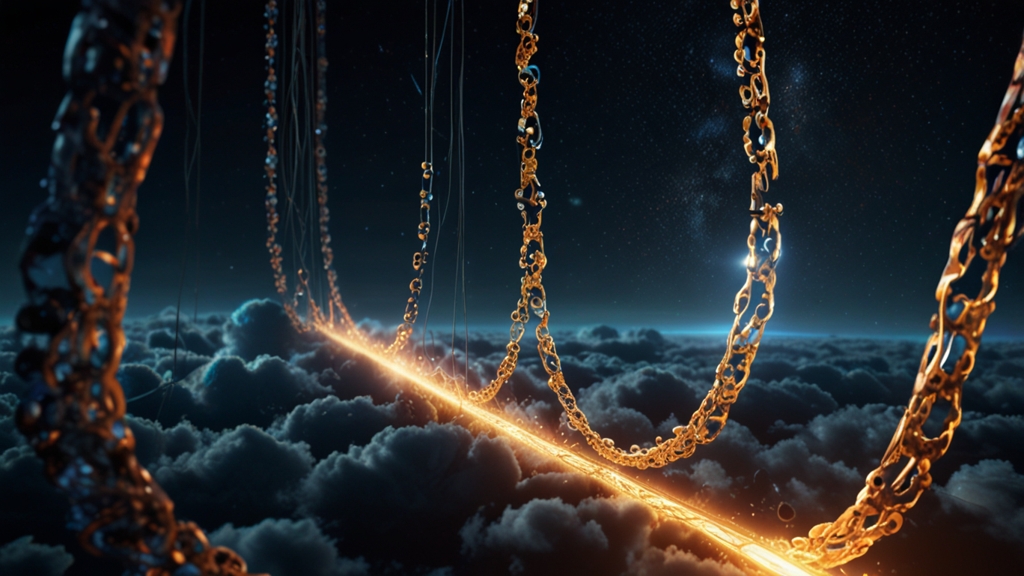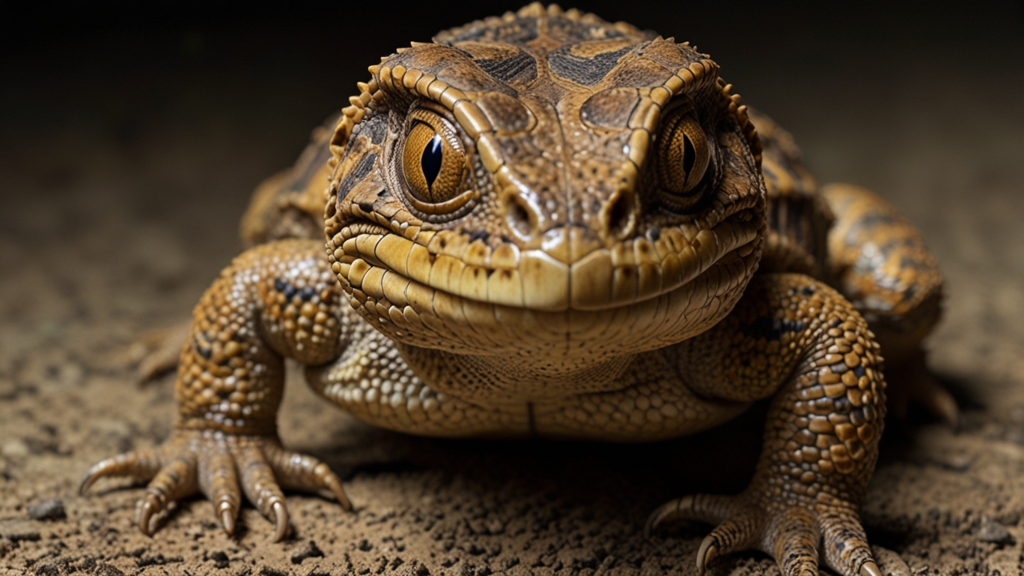Daughters of the Gods: Female Deities in Mesopotamian Cultures
In the cradle of civilization, Mesopotamia, a complex and richly woven pantheon developed over millennia. Within this intricate tapestry of divine beings were numerous female deities, each embodying various aspects of life, nature, and the cosmos. This article delves into the significance of these female figures and their worship in ancient Mesopotamian cultures.
Inanna/Ishtar: The Queen of Heaven
Perhaps the most renowned of all Mesopotamian goddesses, Inanna, also known by her Akkadian name, Ishtar, was the multifaceted deity of love, beauty, sex, fertility, war, justice, and political power. Her cult was widespread, and she held a central place in the religious life of many Mesopotamian civilizations including the Sumerians, Akkadians, Babylonians, and Assyrians.
"She is the morning and the evening star, embodying both the assurance of dawn and the tranquility of dusk. In her paradoxes, Inanna/Ishtar demonstrates the inherent duality of existence."
Inanna’s mythos includes compelling narratives such as her descent into the underworld, which symbolizes themes of death, rebirth, and the cyclic nature of life. Her bold and assertive personality challenged even the gods, showcasing the empowered position women could hold in the spiritual realm.
Ninhursag: The Mother of Gods
A primordial earth goddess, Ninhursag, also known as Nintur, Ki, and Damgalnuna, holds the position of the Great Mother in Mesopotamian lore. She is often depicted as the mother of vegetation and a symbol of the earth’s fertility. Ninhursag's roles extended to being a nurturer and protector, essential for the continuation of life and the well-being of humanity and deities alike.
In her most notable myth, the creation and nurturing of humankind, Ninhursag collaborates with the god Enki to generate life from clay. This act not only underscores her maternal role but also highlights the intrinsic connection between divinity and humanity in Mesopotamian belief systems.
Ereshkigal: The Queen of the Underworld
Contrasting the verdant and life-giving attributes of Ninhursag, Ereshkigal ruled the underworld or Kur, presiding over the dead with a stern yet just demeanor. Her realm was one of shadows, far removed from the light of the living. Nevertheless, Ereshkigal was an essential figure, embodying the inevitable and natural cycle of life and death.
"Within the dark halls of the underworld, Ereshkigal reigns with an unwavering hand, reminding mortals and gods alike that death is but another facet of existence, not a punishment but a destination."
The tale of Inanna’s descent into the underworld revolves significantly around Ereshkigal, dramatized by the confrontation between the two sisters. This story serves as a powerful allegory for transformation, sacrifice, and the reconciliation of oppositional forces.
Nisaba: The Goddess of Writing and Grain
Nisaba, also known as Nidaba, was the divine scribe who gifted humanity with the knowledge of writing and literacy, a cornerstone of Mesopotamian civilization. As the goddess of grain, she also played a crucial role in agriculture, ensuring the sustenance and prosperity of her people.
Nisaba’s representations are often tied to wisdom and scholarly pursuits, with her temples housing extensive libraries of cuneiform tablets. Her duality as both a provider of sustenance and a guardian of knowledge underscores the interconnected nature of intellectual and physical nourishment.
Conclusion
Female deities in Mesopotamian cultures not only reveal the multi-dimensional aspects of womanhood in ancient spirituality but also underscore the significant roles women played within these early societies. Through their worship, ancient Mesopotamians sought to comprehend and influence the world around them, finding solace and guidance in the divine feminine’s myriad forms.
These goddesses, from the alluring and tumultuous Inanna/Ishtar to the nurturing Ninhursag, the somber Ereshkigal, and the wise Nisaba, collectively embody the full spectrum of human experience and the natural world. Their stories and symbols continue to resonate, offering timeless insights into the human condition and the perennial quest for understanding the divine.










